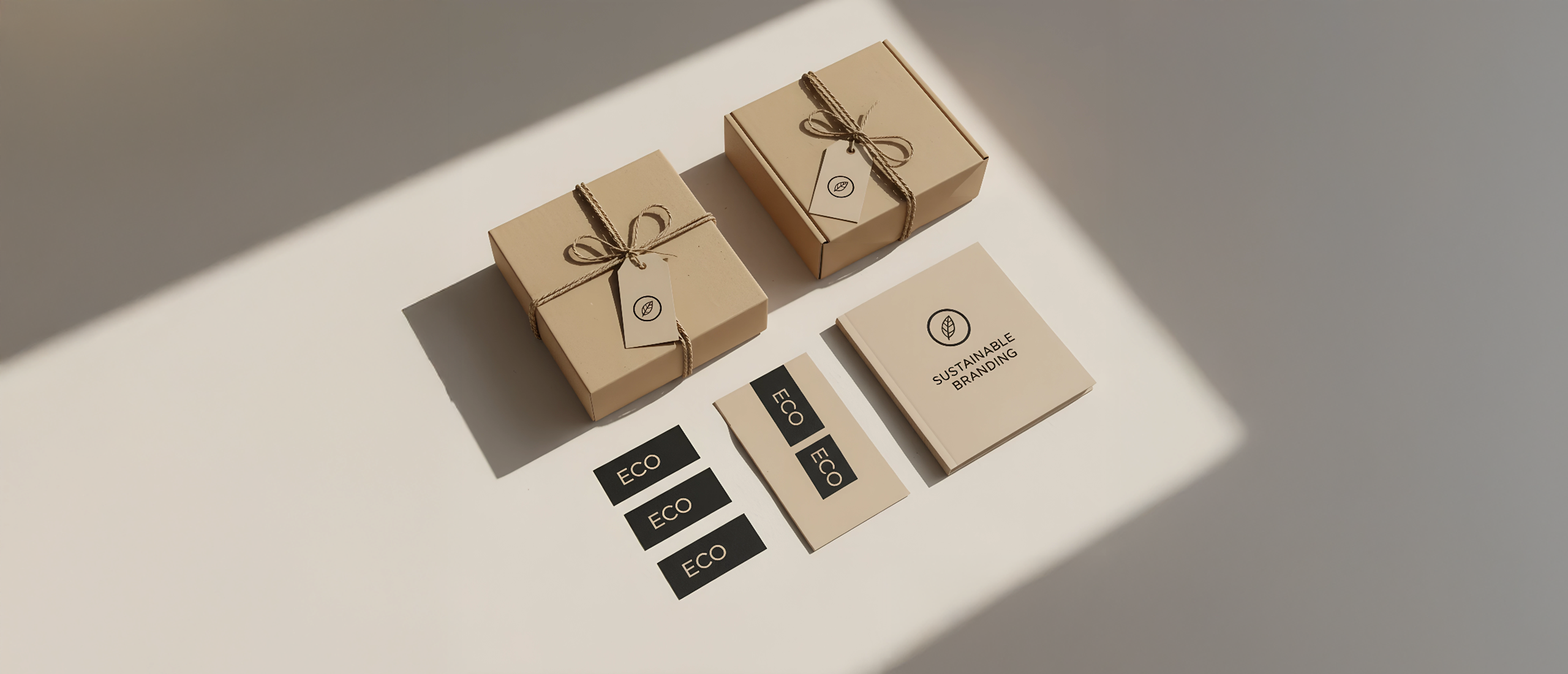
Why Eco-Friendly Packaging Design Is the Future of Sustainable Branding
October 11, 2025In an age where consumers are more conscious than ever about environmental impact, adopting Eco-friendly packaging design isn’t just a trend—it’s a necessity. Companies that invest in green packaging not only reduce their environmental footprint but also create a stronger relationship with customers. As a leader in sustainable design, Richest Branding specializes in creating packaging solutions that merge aesthetics with responsibility.
Whether you’re launching a new product line or rethinking your old packaging, Eco-friendly packaging design ensures that every touchpoint reflects your commitment to sustainability, while reinforcing your brand values.
Benefits of Eco-Friendly Packaging Design
Implementing Eco-friendly packaging design offers multiple advantages for businesses and the planet alike. Some key benefits include:
- Reduced Environmental Impact
Using biodegradable, compostable, or recycled materials helps lower waste levels, reduces plastic pollution, and contributes to conservation of resources. - Enhanced Brand Reputation
Consumers increasingly prefer brands that show environmental responsibility. Eco-friendly packaging design improves your public image, builds trust, and often gives you an edge over competitors. - Cost Savings Over the Long Term
Though sustainable materials may cost more initially, they often lead to savings via reduced material usage, lighter packaging (which lowers shipping costs), and fewer disposal or regulatory penalties. - Regulatory Compliance & Market Access
Many governments have begun enforcing strict rules on single-use plastics and packaging waste (like EPR laws). Eco-friendly packaging design helps brands stay ahead of such regulations. - Better Consumer Engagement & Loyalty
When consumers see your packaging is eco-friendly, they feel part of a shared mission. That often translates into loyalty, higher perceived value, and positive word-of-mouth.
Trends in Eco-Friendly Packaging Design
To make the most of sustainable packaging, here are some current trends that Richest Branding aligns with:
- Biodegradable and Compostable Materials: Using plant-based plastics, sugarcane bagasse, recycled paper, and other materials that decompose naturally.
- Minimalist and Lightweight Design: Designs that use fewer layers, less material, reducing waste and transport weight.
- Reusable / Refillable Packaging Models: Solutions where packaging can be reused or refilled, extending lifespan and reducing single-use waste.
- Smart & Transparent Packaging: Clear indications of materials, recycling info, perhaps QR codes for traceability or sustainability data.
- Natural finishes, earth tones, and organic textures that highlight the eco-credentials of the packaging.
How Richest Branding Executes Eco-Friendly Packaging Design
At Richest Branding, our approach to Eco-friendly packaging design combines creativity, strategy, and materials science. Here’s our process:
- Discovery & Material Research – We assess product, supply chain, budget and environmental goals to select suitable sustainable materials.
- Design Concepts – Draft multiple packaging layouts that balance aesthetics, functionality, and sustainability.
- Prototype & Testing – Produce models to test durability, print quality, biodegradability, user experience.
- Consumer & Regulatory Check – Ensure compliance with environmental laws, labeling requirements, and that the packaging is user-friendly.
- Implementation & Roll-Out – Finalize design, source sustainable materials, manage production, and guide the packaging’s life cycle.
Our goal at Richest Branding is to deliver Eco-friendly packaging design solutions that protect both your product and the planet, without compromising on style or brand impact.
Why Your Business Needs Eco-Friendly Packaging Design Now
- Consumer Demand is Rising: Modern consumers often choose brands that reflect their values. If your packaging isn’t eco-friendly, you risk losing out.
- Cost of Non-Compliance: Regulations are tightening. Non-compliance with packaging waste laws can lead to fines or barriers in certain markets.
- Long-Term Brand Value: Sustainable packaging reinforces your brand’s credibility, opens doors for sustainable certifications, and creates positive press & customer loyalty.
Conclusion
Eco-friendly packaging design is more than a design choice—it’s a strategic investment. With environment in mind, businesses can build stronger brands, reduce costs, and contribute positively to the planet. When you work with Richest Branding, you partner with experts who understand the materials, trends, and regulations, creating packaging that aligns with your sustainability goals while enhancing your visual identity.
If you’re ready to make the switch, Richest Branding is here to help you design packaging that looks good, performs well, and respects the environment.
FAQs
1. What is eco-friendly packaging design?
Eco-friendly packaging design refers to creating packaging that uses sustainable materials (like recycled, biodegradable, compostable) and considers the full lifecycle—from production to disposal—to minimize environmental impact. Richest Branding emphasizes both function and sustainability in its design solutions.
2. How much more does eco-friendly packaging design cost compared to conventional packaging?
While initial material costs may be higher for compostable or plant-based materials, the long-term savings in shipping, waste handling, regulatory fees, and brand value can offset that. The total investment depends on the product, design complexity, volumes, and materials. Richest Branding works with clients to find balanced, cost-effective eco-friendly options.
3. Will eco-friendly packaging design affect the durability or appearance of my product package?
Not necessarily. Modern sustainable materials can match much of what conventional packaging offers in terms of durability, protection, and aesthetics. Through prototyping and testing, Richest Branding ensures your package is visually appealing, robust, and still eco-friendly.
4. What materials are used in eco-friendly packaging design?
Some of the materials include recycled paper/cardboard, plant-based bioplastics, bagasse (sugarcane fiber), biodegradable films, compostable wrappers, and more. Choices depend on product type, regulatory requirements, and environmental goals. Richest Branding sources trustworthy, certified materials.5. How can I ensure my eco-friendly packaging design efforts are communicated to customers?
Clear labeling is key: indicate that packaging is recyclable, biodegradable, or compostable. Use sustainable inks, minimal coatings. Provide instructions for disposal or reuse. Also, share your sustainability story in marketing. Richest Branding helps with labeling design, messaging, and guiding customers through the eco vision.

